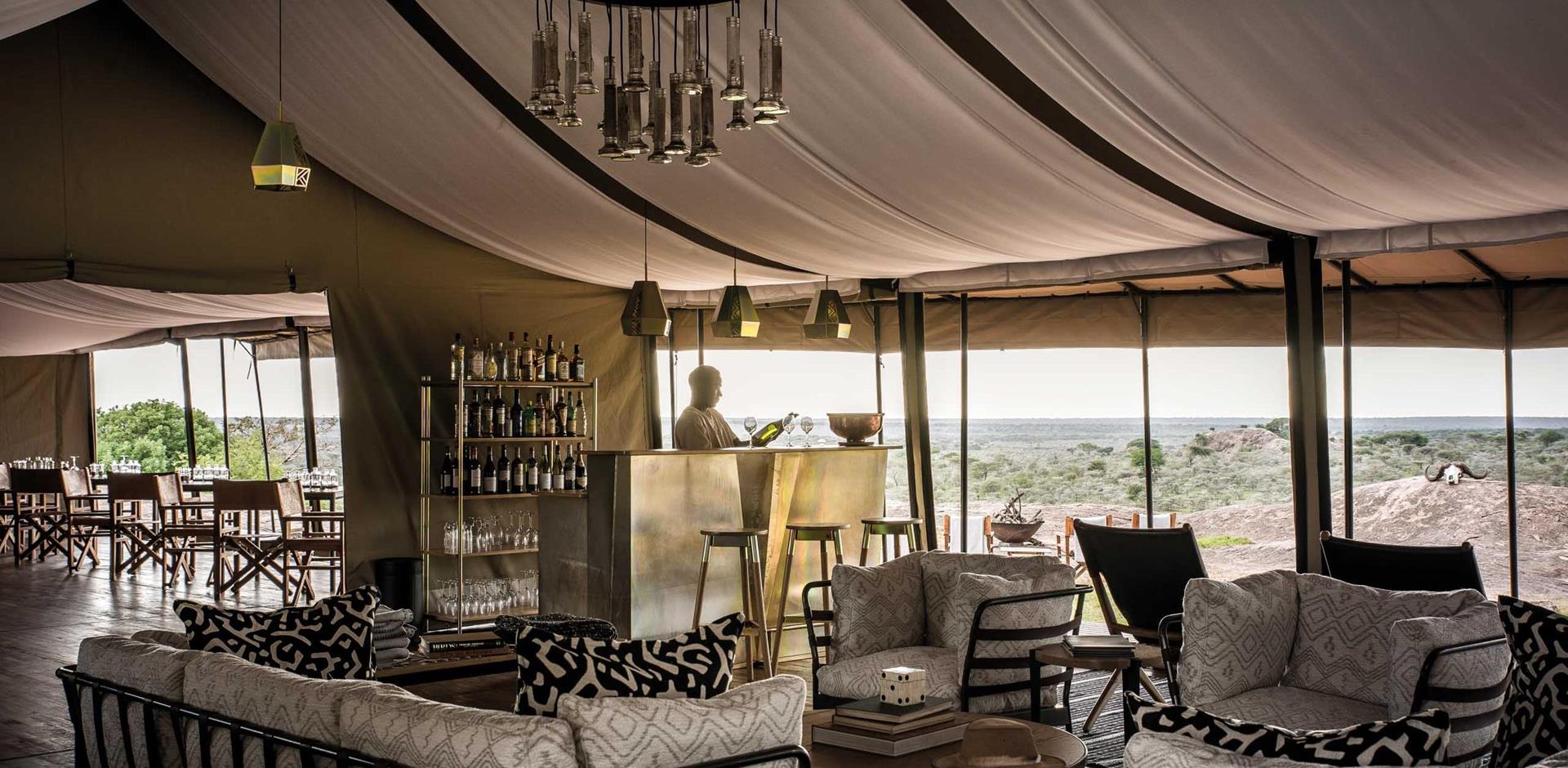
Travelogue: Four days on safari in Tanzania
A veteran of African safaris, Nick Curtis is still blown away by the sheer variety and abundance of the wildlife in Tanzania.
There’s a theory that the most beautiful word in any language is the one for butterfly. And a delightful by-product of a stirring, four-day safari in Tanzania’s Sanctuary Kichakani Serengeti Camp is that I learned the Swahili for butterfly: kipepeo.
After he’d told us that, we charged our splendid A&K guide Filbert Jacob with teaching us the Swahili word for all the animals we saw. Not just thousands of nyumbu (wildebeest) and pundamilia (zebra) making their thunderous migration across the vast Serengeti, but also kiboko (hippo), several aggressive tembo (elephant – spoiling for a fight with each other rather than us, thank goodness), and amazingly, six simba wa kike (lionesses) drowsing in a tree.
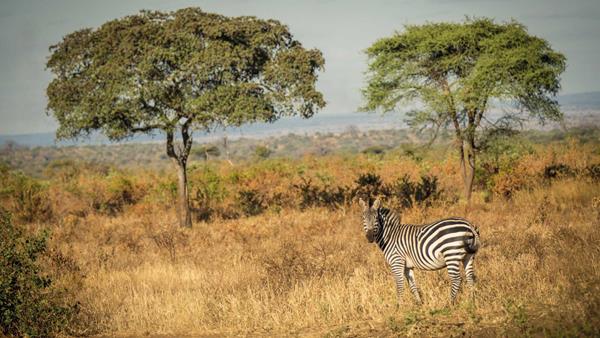
We parked breathtakingly close and watched them for a good half hour from Filbert’s spanking new A&K Landcruiser. Having previously been on safari in Zambia and Botswana, it was delicious to experience once more the deep peace one gets communing with the landscape of Africa and its inhabitants. Although those previous trips had not prepared me for the varied landscape – volcanic craters and boulders, hills and plains, jungle and grassland – or the sheer vastness of the Serengeti. The name means ‘endless’ in Swahili.
Sanctuary Kichakani is a mobile camp, which mistakenly calls to mind a rough and ready caravanserai of vehicles and collection of makeshift shelters, hastily erected one day and collapsed the next. Rather, the collection of 10 elegant guest tents – the huge one containing the restaurant, staff accommodation, kitchen and so on – rotates between three locations in the Serengeti. Everything is fully plumbed in on arrival; there’s running water to taps and toilets, though the ‘bucket showers’ in each tent involve a steward filling up a cistern. It takes three weeks to set up the camp in each location, and a week to dismantle it.
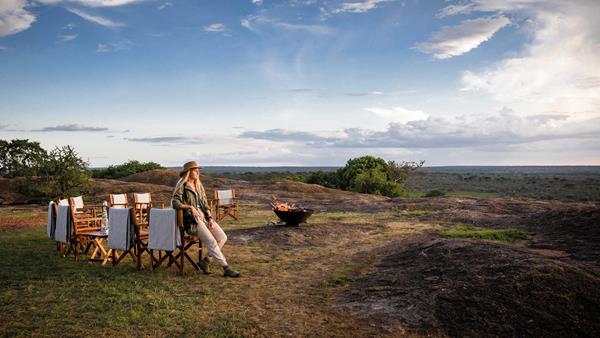
Sanctuary Kichakani follows the course of the east-to-west Great Migration of herbivores looking for food, and predators looking for, well, herbivores. The location we stayed at was in the elbow of a sunken river, where an unseen hippo burped out his “haw-haw-haw” chortle during the garish sunset. We were pretty impressed by that, the day we arrived. But late the following afternoon, Filbert took us to a pond where 30, 40, maybe 50 hippo, ranging from tiny calves to humungous bulls, butted and bellowed and splashed at one another, bathed in the golden light of the low sun. To complete the experience, he handed us each a chilled bottle of local Kilimanjaro beer.
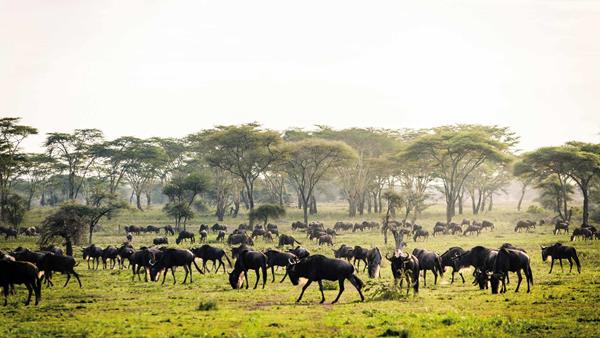
I wasn’t prepared for the sheer number of animals we’d encounter. In Botswana, we’d gone for hours without seeing anything other than balletic red lechwe and colourful songbirds (though they were beautiful), so our first glimpse of a lion pride was extraordinary. In Zambia, rangers brought us up close to a white rhino, which was amazing. But in Tanzania we had an embarrassment of riches. Countless zebra and wildebeest, travelling in a purposeful line, or lowing and whinnying together as they congregated in an empty plain. There were huge groups of giraffe and water buffalo. I’d never seen a Thomson’s gazelle or a hartebeest before, and here there were scores of them.
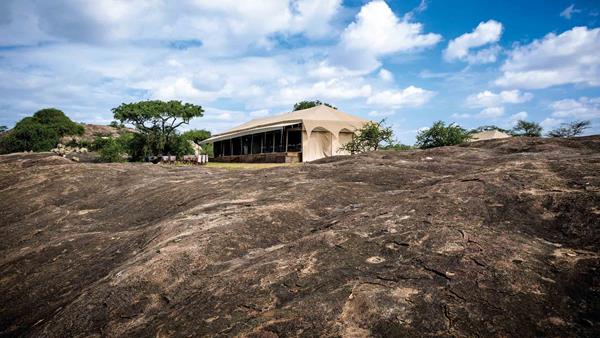
We encountered several rambunctious bands of elephant, and truculent herds of water buffalo. Shortly after we saw those lionesses, we chanced upon three huge, bushy-maned adult males sunning themselves on a volcanic rock. The small creatures were no less beguiling. Here were jewelled lizards and birds, and families of mongoose scampering out of our path. The only downers on the wildlife front were the tsetse flies, which
seemed oblivious to insect spray, and able to bite through several layers of clothing.
The quality of a safari is down to the guide, and Filbert, a burly former accountant and father, was terrific: funny, knowledgeable, easy-going, capable. When we sprung a low puncture on the big Landcruiser, he changed it without a blink while we watched flamingo skimming a lagoon. We set out at dawn most days, returning to camp for lunch on some occasions, taking picnics on others. An alfresco lunch by Gong Rock – a shard of lava that rings when struck with a stone – will stay in my memory forever. We dined atop a huge boulder near to ancient Maasai paintings, with scenery stretching for miles.
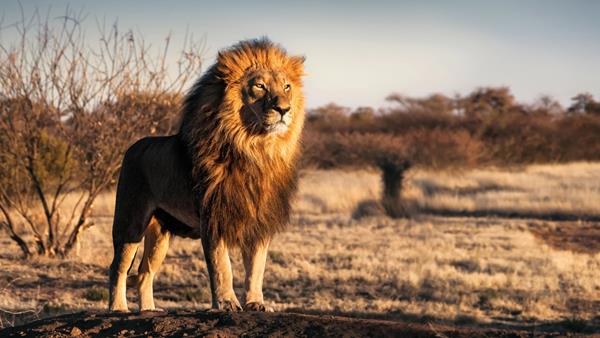
Meals back at camp were informal but the fare surprisingly sophisticated – a chilled soup to start, followed by a sumptuous buffet of salads and meats, and on one occasion a barbecue of unfathomably tender Tanzanian beef around the campfire. The bar was well stocked, not only with local wine, beer and international spirits, but with books, games and sofas to lounge on. Bread and pastries at breakfast were excellent, and the fruit out of this world.
On our first night, we were the only guests at the camp. It was a little overwhelming having the entire staff of 22 at our disposal, and I never quite got used to the constant attention of our tent steward, Rama, who walked us to our tent at night, woke us with fresh coffee and handmade biscuits each morning, and filled up our bucket shower when we asked.
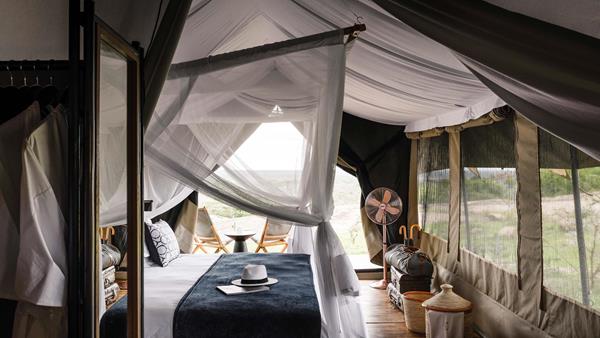
The tents themselves are a modern take on classic safari styling, with lots of canvas, zips, and straps, and a veranda at the front for a gin and tonic at sundown. There was also an outdoor washstand, and I took great pleasure in shaving in the dying sunlight before dinner. On our last day, as we waited to board the puddle-jumping plane for a series of hops back to Arusha airport, Filbert expressed regret that he hadn’t been able to find a duma – a cheetah – the only animal I’d expressed a great desire to see. It doesn’t matter. It gives us an excuse to go back.
Let us create your own perfect safari holiday in Tanzania. You can speak to one of our Africa experts, or browse our suggested itineraries for more inspiration.
- Tailor-made holidays
- Escorted tours
- Experiences
- Accommodation
- Tailor-made holidays
Exploring Nyerere National Park
Spend three nights on a fly-camping adventure enjoying game drives and tracking wildlife on foot. Then sleep out in the African bush
Tanzania's wildlife utopias
Five nights to enjoy classic safari in Tanzania’s star attraction, the Serengeti, as well as Rubondo Island, a wildlife gem
Tanzania's last frontier
Spend a week exploring Tanzania’s last frontier. Enjoy intrepid safari in the Katavi National Park and chimpanzee trekking in the Mahale mountains
Walking to the Serengeti
Embark on a five-night walking safari from Tanzania’s Ngorongoro Crater to the Serengeti. You’ll be accompanied by Maasai scouts and expert guides
Classic Northern Tanzania
Discover the dramatic beauty and exciting wildlife of the top parks in northern Tanzania
Private jet tour of East Africa
Jet off to East Africa on a tour of its natural wonders, with private charters taking you from the Masai Mara of Kenya to the Serengeti of Tanzania
- Escorted tours
- Experiences
- Accommodation
